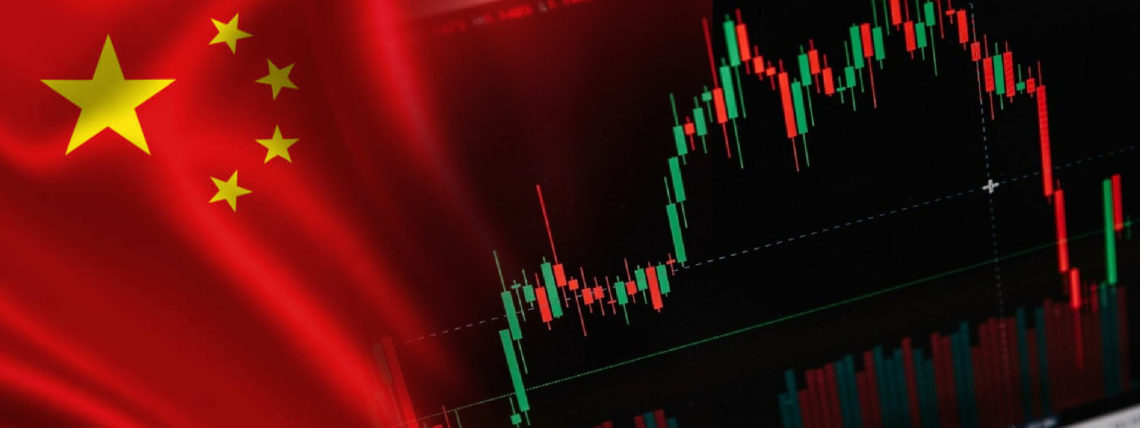Both consumer and producer price index in China has seen a surge, which would make the revival of the economy much slower than before
Consumer Prices in China rose slightly last month when the public had concerns regarding food shortages. But recent reports released on Monday have also outlined the ease in factory-gate inflation in China. Official data released by the National Bureau of Statistics (NBS) China stated a rise in the Consumer Price Index that was about 1.5 per cent above from a year earlier in March and a rise of 0.9 per cent in the month of February.
The rise in the index remains surprising for many. According to a Bloomberg survey, several analysts expected it to be somewhere lower than predicted growth, with a rise of 1.4%. Economist at Capital Economics in China, Sheana Yue, said that in the month on month seasonally adjusted terms the prices rose at their fastest pace since way back in October. She highlighted higher fuel and food prices as the main drivers of such incidents while she mentioned Core inflation in China remaining steady and unchanged.
Prices of food and edible stuff have fallen by almost 1.5 per cent from what it was earlier this year while it got narrow from its fall from February, which was 3.9%. Such prices that do not include food, etc., rose by 2.2% last month on a year to year basis, up from a current 2.1% growth in February.
China’s core Consumer inflation rate rose by 1.1% in the previous month compared to earlier years, excluding the food and energy volatile prices. Staple mean in the China region, Pork, whose price dropped by 41.4% in March compared with its price in the previous year, however, narrowed down from a fall of about 42.5% in February.
Also Read: Singapore Strengthens Cryptocurrency Directives
Factory gate and consumer prices index in China rose way faster than what was expected in March amidst the Russian invasion of Ukraine, consistent bottleneck situation in the supply chain all around the world and hard time while the production caused by COVID-19 flaring up in local regions that added pressure of commodity cost.
The price surge of raw materials of almost every other item has imbalanced the worldwide economies. There is a question raised in front of central banks in China regarding how far the financial institution will go and be able to ease their monetary policy amidst such tough situations.
Major markets in China having distinct indices showed more or less similar pictures. The Shanghai Composite Index has seen a fall of more than 2% at one point, and the Shenzhen Component Index went down by more than 3%, while the ChiNext Index fell by almost 4%. Flagship cryptocurrency Bitcoin has also been seen trading at around $42,000, which is a low in recent time, while China is Facing high inflation rates in the region.
Steve Anderson is an Australian crypto enthusiast. He is a specialist in management and trading for over 5 years. Steve has worked as a crypto trader, he loves learning about decentralisation, understanding the true potential of the blockchain.


 Home
Home News
News










